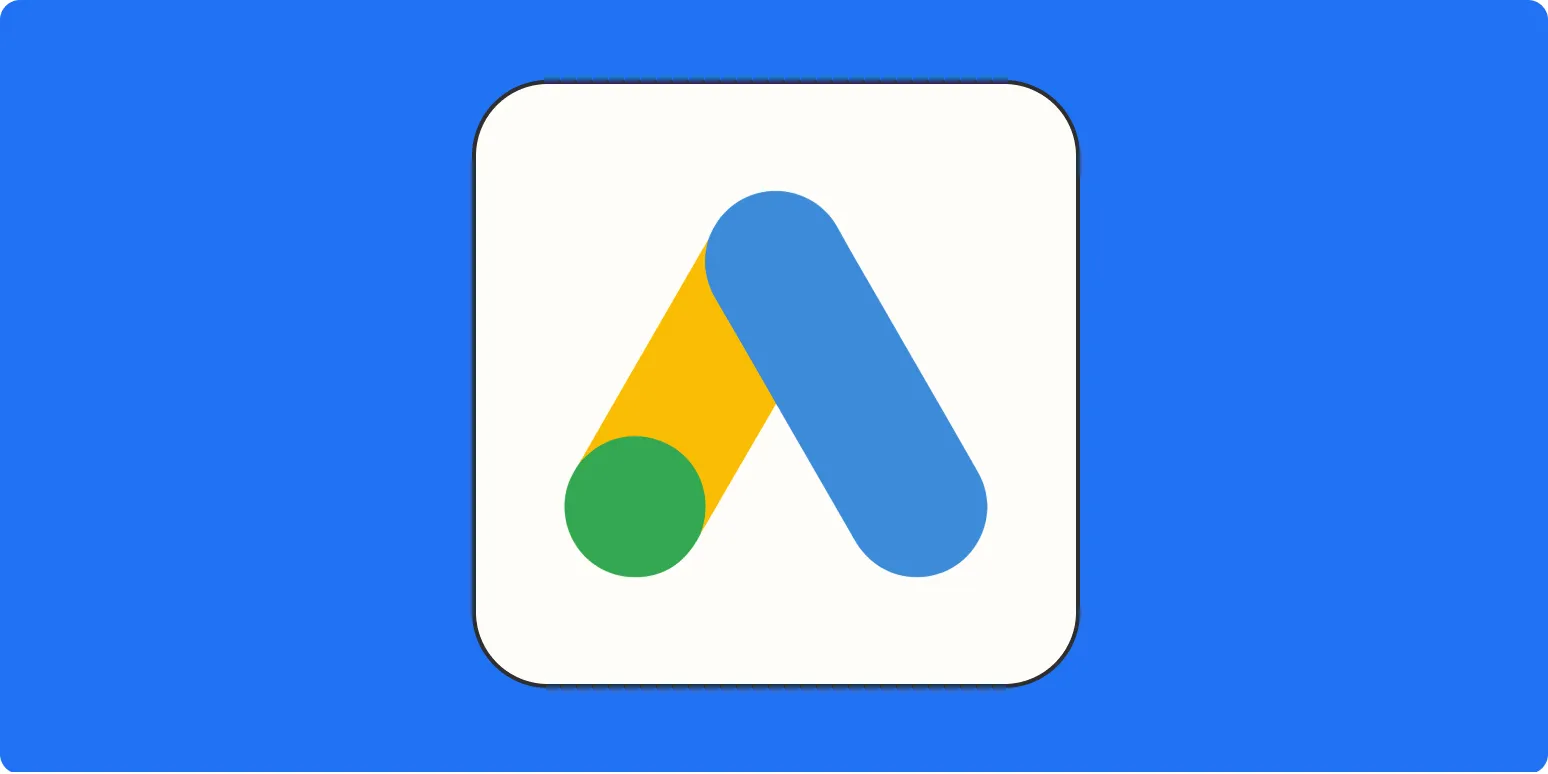Understanding Effective Google Ads Strategies
Google Ads is a powerful platform for businesses looking to enhance their online presence and drive traffic to their websites. To stay ahead in the competitive landscape of digital marketing, it’s crucial to analyze successful campaigns and understand the strategies behind them. Here, we present 11 Google Ads examples, dissecting the creative approaches and key takeaways that can be applied to your own campaigns.
1. Airbnb: Personalization at Its Best
Airbnb utilizes personalized ad copy to capture the attention of potential travelers. By using location-based keywords and highlighting unique experiences, their ads resonate with users searching for specific destinations.
Strategy: Leverage personalization in your ad copy. Use location and user interests to tailor your ads, making them more relevant and engaging.
2. Amazon: Dynamic Remarketing
Amazon excels at dynamic remarketing, showing users ads featuring products they previously viewed. This strategy helps to remind customers of their interests and encourages them to complete their purchases.
Strategy: Implement dynamic remarketing campaigns to re-engage users who have shown interest in your products or services.
3. Nike: Storytelling Through Visual Content
Nike’s ads often tell a compelling story through striking visuals and motivational messaging. By focusing on the emotional aspect of their brand, they create a connection with their audience.
Strategy: Use storytelling to connect with your audience emotionally. Incorporate high-quality visuals that reflect your brand’s values and mission.
4. Grammarly: Clear Value Proposition
Grammarly’s ads highlight its key features, such as grammar checking and writing enhancement, in a straightforward manner. This clarity helps potential users quickly understand the value of the product.
Strategy: Clearly communicate your value proposition in your ads. Make sure users can easily grasp the benefits of your product or service.
5. Shopify: User-Generated Content
Shopify showcases user-generated content in their ads, featuring successful businesses that use their platform. This approach builds trust and encourages potential customers to envision their own success.
Strategy: Incorporate user-generated content into your ads to build credibility and showcase real-world applications of your product.
6. Headspace: Clear Call-to-Action
Headspace effectively uses a clear call-to-action (CTA) in their ads, encouraging users to try their meditation app. This direct approach helps guide potential customers toward the desired action.
Strategy: Always include a strong and clear CTA in your ads. Make it easy for users to understand what action you want them to take.
7. Tesla: Exclusivity and Urgency
Tesla’s ads often create a sense of exclusivity and urgency, highlighting limited-time offers or unique features of their vehicles. This tactic drives immediate interest and action.
Strategy: Use scarcity and urgency in your ads to motivate potential customers to act quickly. Highlight limited-time offers or exclusive content.
8. Dropbox: Simple and Clean Design
Dropbox employs a simple and clean design in their ads, focusing on minimal distractions. This approach helps users focus on the message and understand the product easily.
Strategy: Keep your ad design clean and straightforward. Avoid clutter to ensure your message is clear and easy to digest.
9. Zocdoc: Location-Based Targeting
Zocdoc leverages location-based targeting to connect users with local healthcare providers. This strategy ensures that their ads are highly relevant to the audience's immediate needs.
Strategy: Utilize location-based targeting to make your ads more relevant to users. This can significantly improve click-through rates and conversions.
10. Coca-Cola: Emotional Appeal
Coca-Cola’s ads often evoke emotions by focusing on happiness and togetherness. By associating their brand with positive feelings, they create strong brand loyalty.
Strategy: Tap into the emotional aspects of your brand in your ads. Create content that resonates with your audience on a personal level.
11. Booking.com: Price Comparison
Booking.com effectively uses price comparison in their ads, showcasing competitive rates and special deals. This tactic appeals to budget-conscious travelers looking for the best deals.
Strategy: Highlight competitive pricing or special offers in your ads to attract budget-conscious customers. Price transparency can be a significant factor in decision-making.
Conclusion: Implementing Successful Strategies
By analyzing these successful Google Ads examples, you can gain valuable insights into effective strategies that can enhance your advertising efforts. Whether it’s through personalization, storytelling, or clear CTAs, incorporating these tactics can lead to improved engagement and conversions. Remember, the key to a successful Google Ads campaign lies in understanding your audience and delivering relevant, compelling content that encourages action.
For more tips and strategies on improving your Google Ads campaigns, consider utilizing tools like referrerAdCreative to track performance and optimize your ads for better results.





